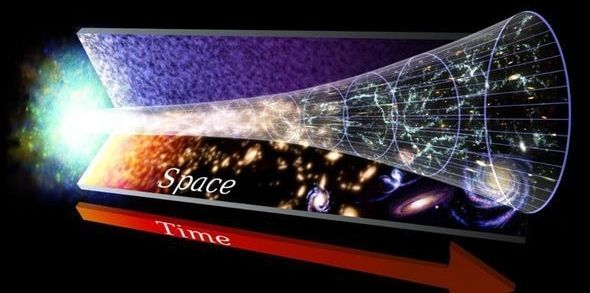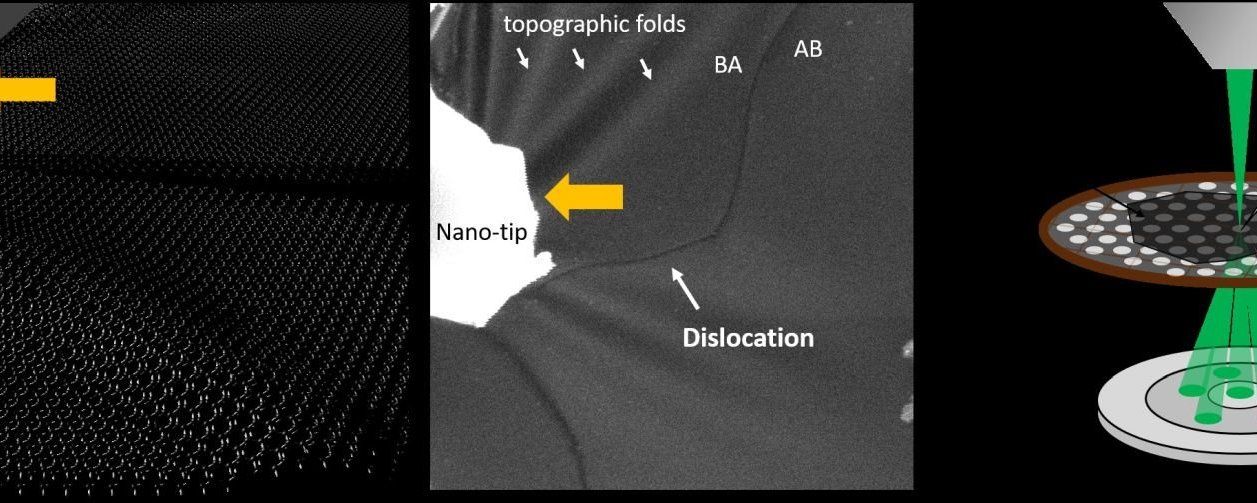The further back in time you go, the patchier our understanding of life on Earth gets. That’s because fossils from those early years are extremely hard to come by and interpret, for a number of reasons. Now, British scientists have used a different method known as a molecular clock to plot out a rough timeline of all life on Earth, tracing the first organisms back to about 4.5 billion years ago.
An urban utopia on Mars might be closer than you think.
For the past year, creative professionals, students, space geeks—even families—have been creating their visions for a metropolis on the fourth planet from the sun. The final winners of the HP Mars Home Planet challenge were announced today by HP and unveiled in a VR experience at SIGGRAPH 2018, an annual computer graphics convention, in Vancouver.
“The amazing entries from the HP Mars Home Planet challenge give us a virtual window into what life on Mars could be like for a million members of humanity,” says judge Dr. Darlene Lim, a geobiologist and principal investigator, NASA Biologic Analog Science. “Technological advancement is being met by a broad array of foundational space science and planetary research—a confluence that will optimistically serve to accelerate our path toward human exploration and settlement of Mars.”
Prime Minister Justin Trudeau has proudly declared that Toronto’s Quayside will become “a testbed for new technologies” thanks to its partnership with Google’s urban innovation wing, Sidewalk Labs. But amid new public round tables, key parts of the proposal remain hidden and three government partners have resigned.
The Many Yous
Posted in biotech/medical
If you’ve read some of my latest articles, you might remember that I’ve been spending some time in my hometown. My quasi-holiday is not over yet, but my stay in my hometown pretty much is; I’m leaving in a few hours.
During my stay, I’ve told my girlfriend many times that wandering around my hometown feels like having someone else’s memories implanted in my head. I’ve never considered myself too attached to the place where I grew up, but after years of absence, I’ve become even less so. It’s like the place doesn’t have an effect on me anymore; it can’t really influence me. I know my way around it and I remember where landmarks and things are, but there’s little emotional connection left. It’s almost like being a tourist. Even my own room, which used to be pretty much my realm up until I was 18, now feels just like any regular room—in no small part because it has changed quite a bit since then. Given a few more years, I might lose all feelings for the place.
This shouldn’t be a surprise. Your feelings for places and people change and sometimes fade away altogether, over the years. This happens within currently normal lifetimes; what is going to happen if and when our lives last for centuries?
Materials can deform plastically along atomic-scale line defects called dislocations. Many technical applications such as forging are based on this fundamental process, but the power of dislocations is also exploited in the crumple zones of cars, for instance, where dislocations protect lives by transforming energy into plastic deformation. FAU researchers have now found a way of manipulating individual dislocations directly on the atomic scale.
Using advanced in situ electron microscopy, the researchers in Prof. Erdmann Spiecker’s group have opened up new ways to explore the fundamentals of plasticity. They have published their findings in Science Advances.
Quantum entanglement is the theory that particles can be connected in such a way that measuring one particle can instantaneously convey information about that measurement to the other particle, regardless of the distance between them. It almost sounds like magic, which is probably why it received a healthy dose of criticism from the physics community when the theory was first proposed nearly 100 years ago.
Albert Einstein was a particularly vocal critic of entanglement, which he famously described as “spooky action at a distance.” Part of Einstein’s beef with the quantum mechanics crowd was that he believed that particles have definite qualities that exist before they are measured and that two particles distant in space and time can’t affect one another instantaneously since they are limited by the speed of light—a viewpoint known as local realism.
Under quantum mechanics, however, the properties of a particle don’t exist independently of measurement used to determine those properties. Moreover, when it comes to entangled particles, the measurement of one particle will instantaneously influence the properties of the other entangled particle. This means that the values of these properties will be highly correlated—so highly correlated, in fact, that the degree of coincidence in their values can’t really be explained without recourse to quantum mechanics.
Today, the Earth is covered with life in countless forms, but four billion years ago there was no life on our rocky world. So, it stands to reason that sometime between then and now a single organism came into existence that started it all. This is a widely-held belief among scientists, and the name they have given that ancient organism is LUCA. It stands for “last universal common ancestor” — the one microbe that you, your dog, the guy who cut you off in traffic this morning, and the tree in your back yard all descended from.
It’s a mind-blowing concept. It makes perfect sense, but tracing the origins of the ancestor of all life on Earth is an incredibly difficult task. For a long time, scientists had settled on a timeline of between 3.5 billion and 3.8 billion years ago. Now, a new round of research has pushed that date back even further. The work was published in Nature Ecology & Evolution.
It’s important to note that LUCA isn’t thought to have been the very first cellular organism on Earth. The conditions under which life formed likely created many single-celled life forms, but only one of them had what it takes to “make it” on Earth, and that microbe is believed to be the root of everything that came later.









